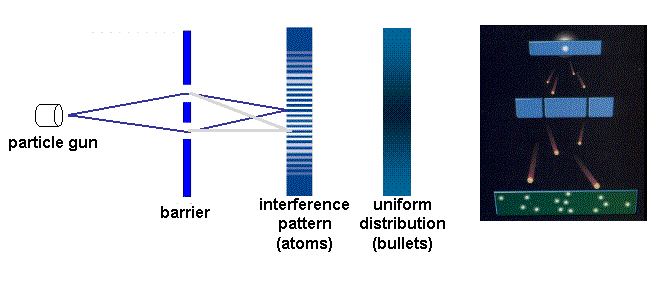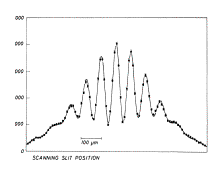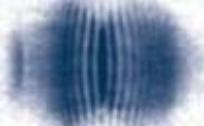
Any physical signal, i.e. the disturbance of an observable quantity that propagates in space and time, can be decomposed into waves. Familiar examples are water and sound waves, the former being associated with a variation of water level, the latter being associated with a travelling gradient of air pressure. Light is associated with an oscillation of the electromagnetic field that can be detected by the human optical apparatus. Notice that in the case of light there is nothing material that oscillates: just a physically measurable quantity (the field) that changes its value in time.
As long as their amplitudes are small, two waves in the same physical location don't interact with each other. This implies that when two or more waves are superimposed, the net wave displacement is just the algebraic sum of the displacements of the individual waves.
Since these displacements can be positive or negative, the net displacement can either be greater or smaller than the individual wave displacements. The former case is called constructive interference, while the latter is called destructive interference. Interference between the same two waves can be constructive at a given point O of space and destructive at another point O, depending on their phase relation at the two points (see figure 2). Therefore the signal's amplitude varies as a function of position in space, displaying a chessboard-like pattern that is the signature of interference.
To compare the behavior of particles and waves we consider a double-slit interferometer. The design of the set-up, which is based on an experiment carried out by Thomas Young 200 years ago, is showed in figure 3. Suppose first that we have a gun shooting a stream of bullets.





Now we come to atoms. If the same kind of experiment is performed using an atom beam, the result is not the one we get with bullets; rather, the distribution of the atoms detected at the detection plate displays interference fringes, as in the case of light (figure 4) !
It's worth considering one more variant of the experiment. Let's suppose that our atoms are excited . This means that they are likely to decay to a lower energy level emitting a photon. We assume that the photon is emitted exactly while the atom is passing through the slits. In principle, the apparatus could be equipped with photon detectors allowing one to distinguish which slit the photon comes from. Thus we are now in a position of distinguishing (at least in principle) which slit the atom has passed through. Notice that this piece of information is essentially incompatible with the model associating to each atom two secondary waves (one for each slit). Surprisingly enough, when an ensemble of atoms is recorded in this configuration, interference fringes are not observed and the uniform distribution observed with bullets (figure 5A) is recovered. We get the impression that the possibility of monitoring the atoms' path forces them to behave like classical particles (see origins for further discussion).

